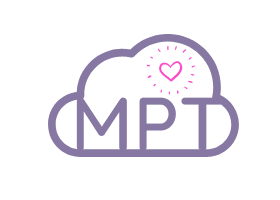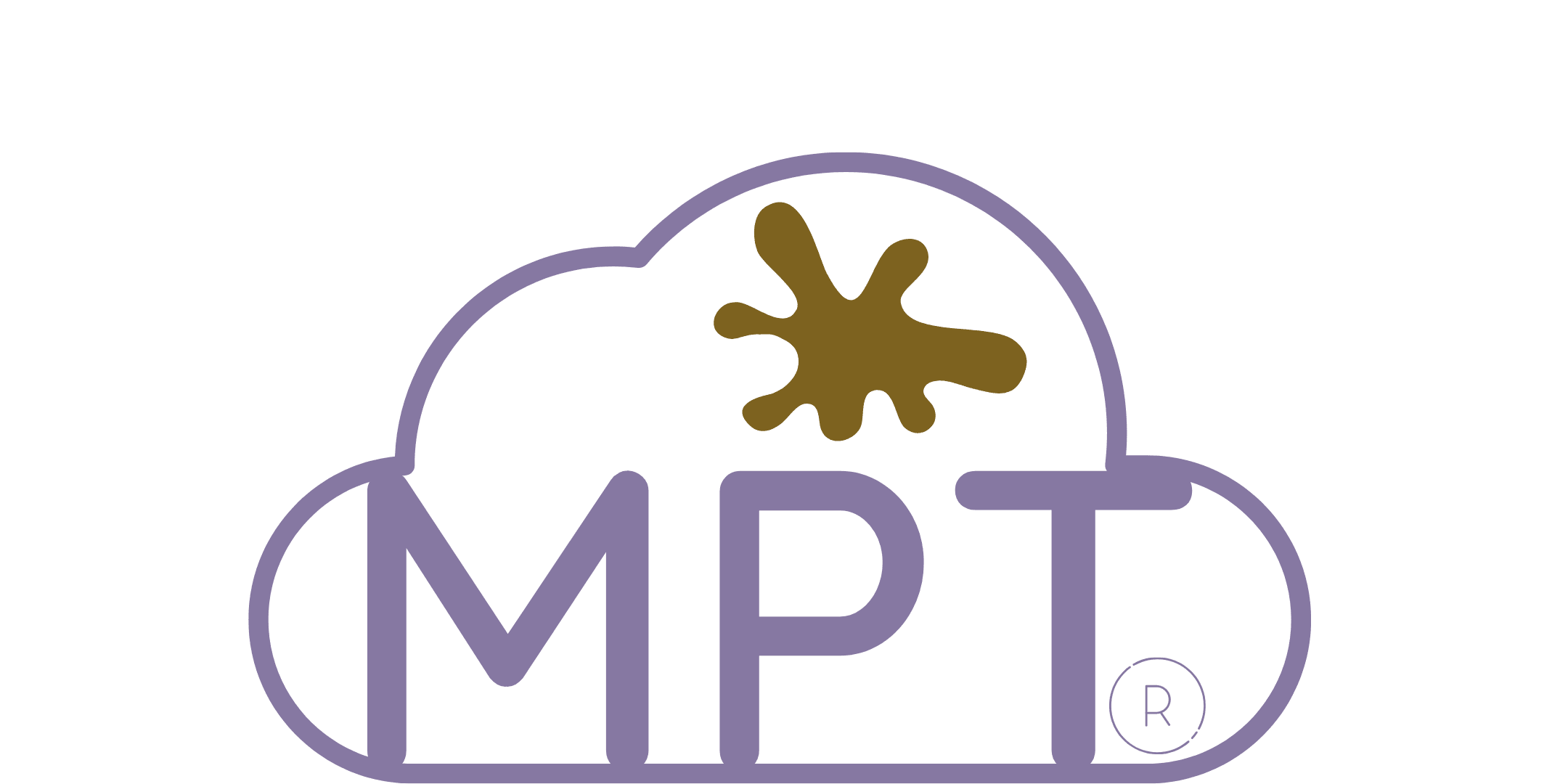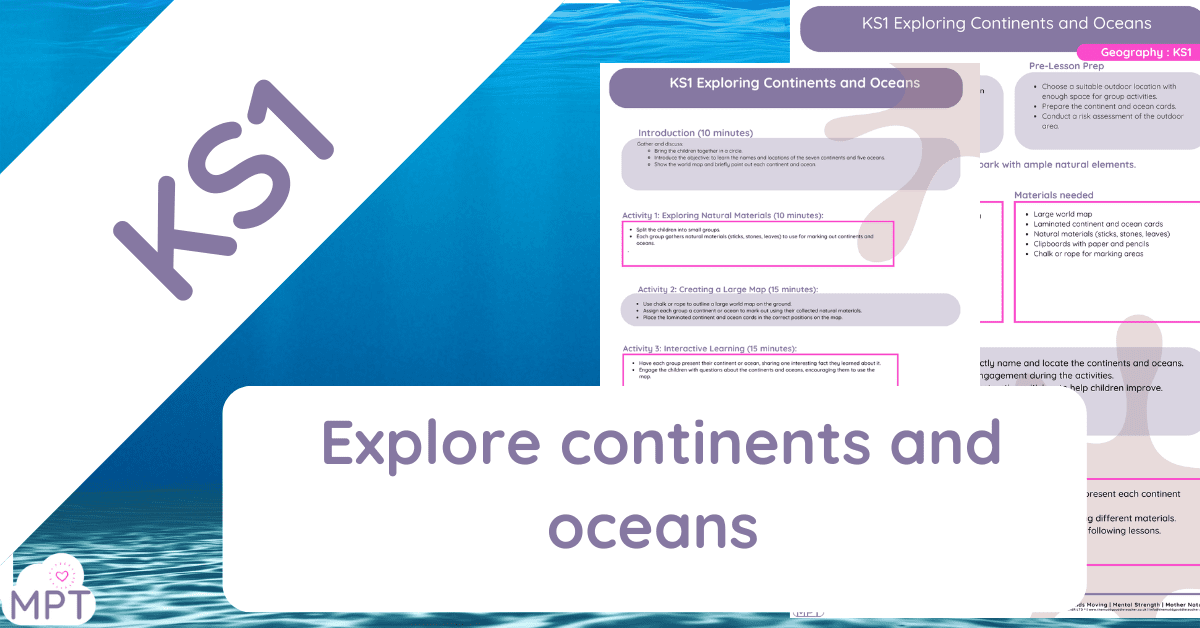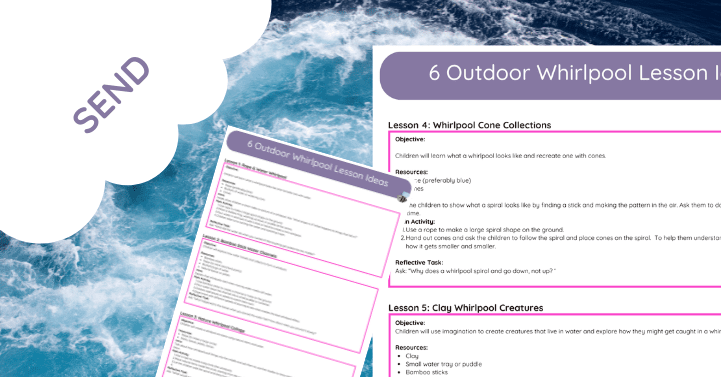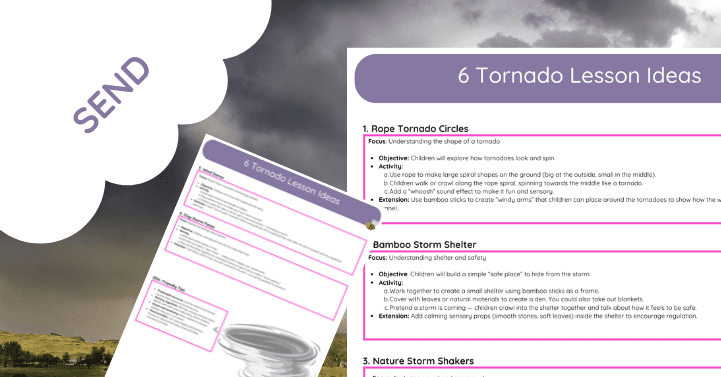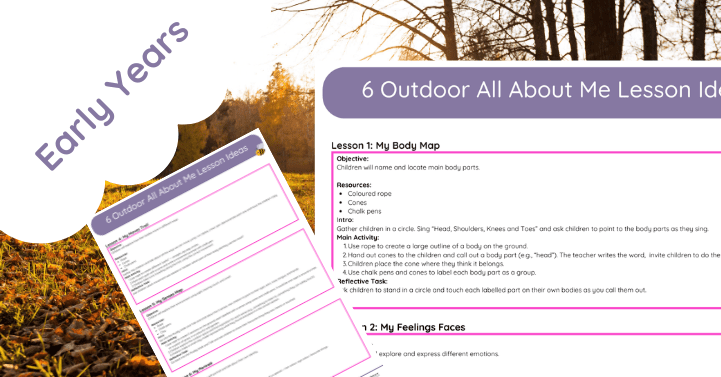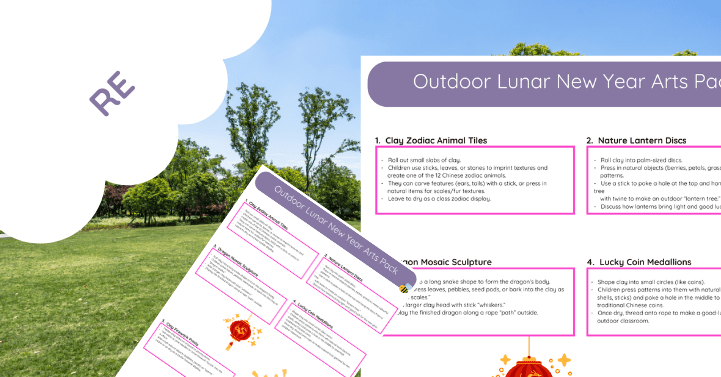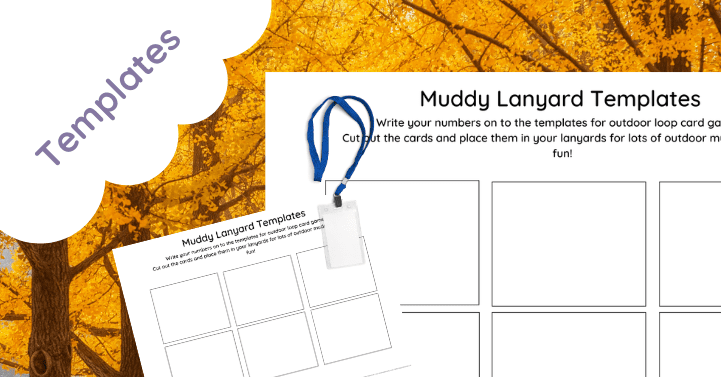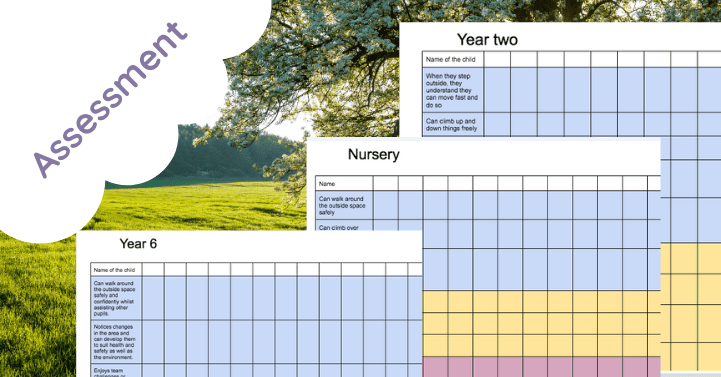Exploring Oceans and Continents for KS1
Exploring the vastness of our world is an exciting adventure, especially for KS1 students. At this stage, children are eager to learn about the different oceans and continents, sparking their curiosity about the planet they live on. In this blog, we’ll dive into the fascinating world of oceans and continents, providing useful resources and activities to enhance learning. Let’s embark on this educational journey together!
What Are Oceans and Continents?
Our planet is divided into several large landmasses known as continents and expansive bodies of water called oceans. There are seven continents: Asia, Africa, North America, South America, Antarctica, Europe, and Australia. Additionally, five major oceans cover our Earth: the Pacific Ocean, Atlantic Ocean, Indian Ocean, Southern Ocean, and Arctic Ocean.
Why Learn About Oceans and Continents?
Understanding the basics of geography is essential for children as it helps them comprehend the world around them. It builds their knowledge about different cultures, climates, and ecosystems. Moreover, it lays the foundation for more advanced geographical studies in the future.
Fun Activities to Learn About Oceans and Continents
- Map Coloring: Provide children with blank maps to color different continents and oceans. This activity helps in visual recognition and memorization.
- Story Time: Read stories about different countries and their unique features. This helps children connect emotionally with the information they learn.
- Puzzle Games: Use puzzles to teach kids the shapes and locations of continents and oceans.
- Interactive Quizzes: Engage students with fun quizzes to test their knowledge about geography.
Useful Online Resources
- National Geographic Kids: This site offers a wealth of information and interactive content about different continents and oceans.
- BBC Bitesize: A great resource for comprehensive educational content tailored for KS1 students.
- Kids World Travel Guide: Provides fun facts and activities related to various countries and geographical features.
- DK Find Out!: An interactive website where kids can explore various topics, including geography.
- Muddy Puddle Teacher: Our own platform where you can find specific activities and lesson plans for teaching geography.
Hands-on Learning with Muddy Puddle Teacher
At Muddy Puddle Teacher, we believe in making learning an adventure. Here are a few hands-on activities to explore:
- Outdoor Exploration: Take the class outside to create a large map of the world using natural materials like sticks and stones.
- Water Play: Set up water tables to demonstrate how oceans and continents are divided by vast water bodies.
- Nature Walks: Discuss different continents and the unique animals and plants that can be found on each during nature walks.
Conclusion
Exploring oceans and continents opens up a world of wonder for KS1 students. By using a mix of interactive, hands-on, and multimedia resources, we can make geography an exciting subject for young learners. At Muddy Puddle Teacher, we’re dedicated to providing innovative educational resources to help teachers and parents guide children through these explorations.
For more activities and resources, check out our Muddy Puddle Teacher website. Happy exploring!
